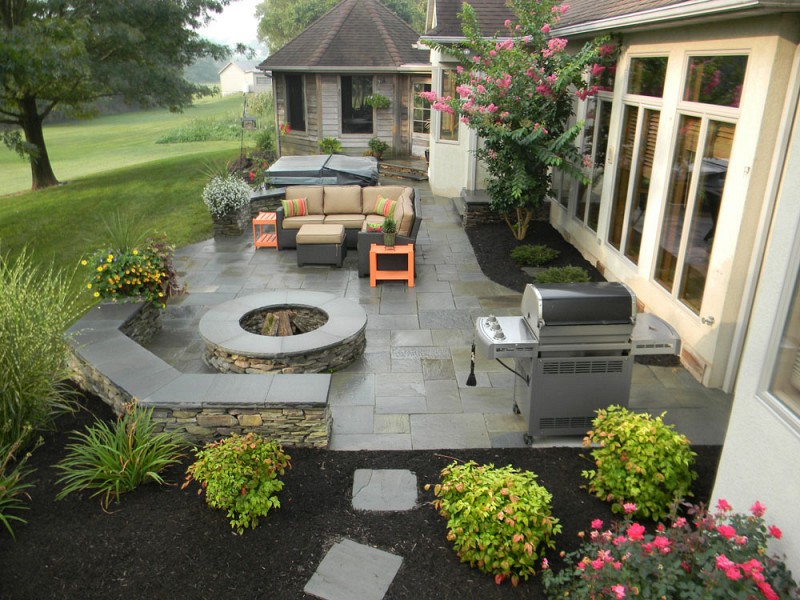When you’re creating a driveway, there are a few different materials you can use. The most common are concrete, asphalt and pavers. Each has its advantages and disadvantages, so it ultimately depends on your priorities when trying to decide which one will be the best for your situation. In this article, we list four differences between concrete and asphalt pavers.
Colour Options
If you’re looking for a wide variety of colours, your best bet is going to be pavers. Pavers are available in virtually every colour of the rainbow. The way that most pavers are made allows them to be coloured during the manufacturing process. This, in turn, only limits the colouring to the manufacturer’s imagination. As pavers have become more popular, the range of colours has expanded. And while it’s possible to colour or stain concrete, you’re typically stuck with the standard grey. Asphalt will be black unless you plan on painting it after it’s been laid.
Design Options
Again, the manufacturing process of pavers allows a virtually endless array of sizes and shapes. With a bit of imagination and design skill, it’s possible to create a piece of artwork using pavers. Concrete and asphalt, on the other hand, are pretty uniform when it comes to design. While concrete can be stamped, both asphalt and concrete are typically used to create uniform, homogenous pads.
Durability
When it comes to durability, asphalt trails the pack. While still a very strong material, it’s more susceptible to extreme heat compared to concrete or pavers. That said, it does have a flexibility that allows it to expand and contract without cracking as temperatures rise and fall. Concrete is generally more stable than asphalt, but that rigidity can cause it to crack when it experiences extreme temperature fluctuations. Pavers can withstand extreme changes in temperature because of the spaces between each block. The spaces also allow pavers to distribute weight much better than asphalt or concrete. And if a paver does get cracked, it’s a simple matter of replacing the broken piece rather than having to replace the entire pad.
Cost
If price is a concern, the cheapest alternative is usually asphalt. Concrete takes the middle ground while pavers are generally the most expensive option. However, the upfront cost doesn’t necessarily correspond to the long-term costs. Replacing an entire asphalt or concrete pad is going to cost much more than replacing a few damaged pavers. Whether you’re looking at the short term or long term expenditures will play a major role in overall costs.



